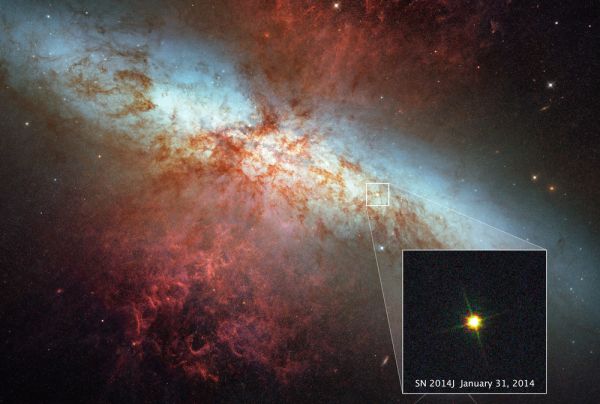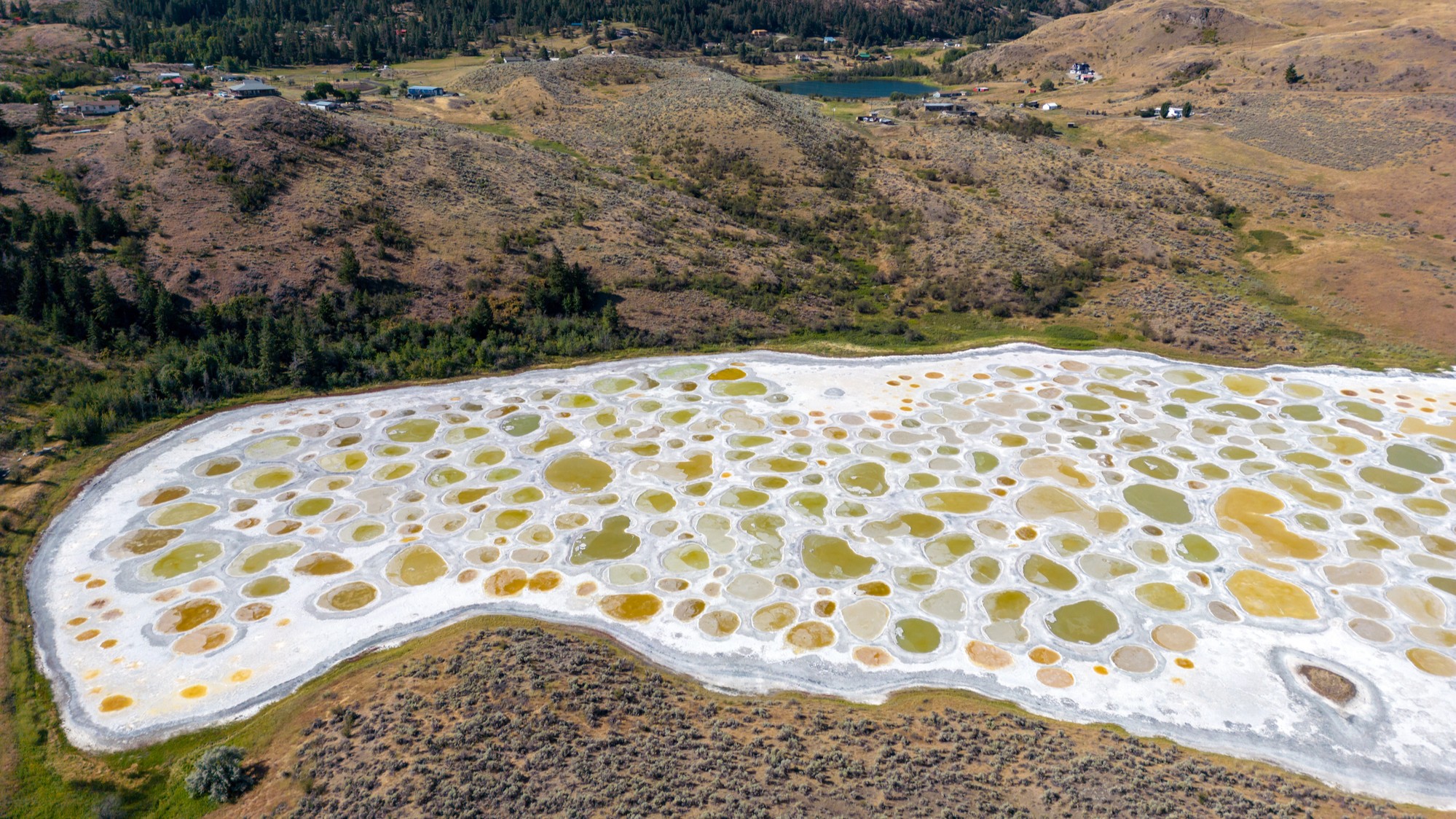Dying white dwarf stars may explode like a nuclear bomb
Who knew star deaths and nuclear weapons had something in common?

When a white dwarf star explodes as a supernova, it may detonate like a nuclear weapon on Earth, a new study finds.
White dwarfs are the dim, fading, Earth-size cores of dead stars that are left behind after average-size stars have exhausted their fuel and shed their outer layers. Our sun will one day become a white dwarf, as will more than 90% of the stars in our galaxy.
Previous research found that white dwarfs can die in nuclear explosions known as type Ia supernovas. Much remains unknown about what triggers these explosions, but prior work suggested they may happen when a white dwarf acquires extra fuel from a binary companion, perhaps due to a collision. (In contrast, type II supernovas occur when a single star dies and collapses in on itself).
Now researchers have suggested a new way that type Ia supernovas might happen — a white dwarf may detonate like a nuclear weapon.
Related: When will the sun die?
As a white dwarf cools, uranium and other heavy radioactive elements known as actinidescrystallize within its core. Occasionally the atoms of these elements spontaneously undergo nuclear fission, splitting into smaller fragments. These instances of radioactive decay can release energy and subatomic particles, such as neutrons, which can break up nearby atoms.
If the amount of actinides within a white dwarf's core exceeds a critical mass, it can set off an explosive, runaway nuclear fission chain reaction. This outburst can then trigger nuclear fusion, with atom nuclei fusing to generate huge amounts of energy. In a similar fashion, a hydrogen bomb uses a nuclear fission chain reaction to detonate a nuclear fusion explosion.
Get the world’s most fascinating discoveries delivered straight to your inbox.
The new study's calculations and computer simulations found that a critical mass of uranium can indeed crystallize from the mixture of elements usually found in a cooling white dwarf. If this uranium explodes due to a nuclear fission chain reaction, the scientists found that the resulting heat and pressure in the white dwarf's core could be high enough to trigger fusion of lighter elements, such as carbon and oxygen, resulting in a supernova.
"The conditions to build and set off an atomic bomb seemed very difficult — I was surprised that these conditions might be satisfied in a natural way inside a very dense white dwarf," study co-author Charles Horowitz, a nuclear astrophysicist at Indiana University, told Space.com. "If true, this provides a very new way to think about thermonuclear supernovae, and perhaps other astrophysical explosions."
Supernova Photos: Great images of star explosions
So how many type Ia supernovas might this new mechanism help explain? "Perhaps about half," Horowitz said.
Specifically, these new findings might explain type Ia supernovas that happen within a billion years of a white dwarf's formation, as their uranium has not yet all radioactively decayed. When it comes to older white dwarfs, type Ia supernovas might happen through mergers of two white dwarfs, Horowitz said.
Future research can include running computer simulations to pin down whether fission chain reactions in white dwarfs can trigger fusion, and how this happens. "There are many different physical processes going on during the explosion, and therefore there are many possible uncertainties," Horowitz said. Such work could also reveal ways to detect whether or not any type Ia supernovas occurred because of this newfound mechanism.
Horowitz and study co-author Matt Caplan, a theoretical physicist at Illinois State University, detailed their findings online March 29 in the journal Physical Review Letters.
Originally published on Space.com.





